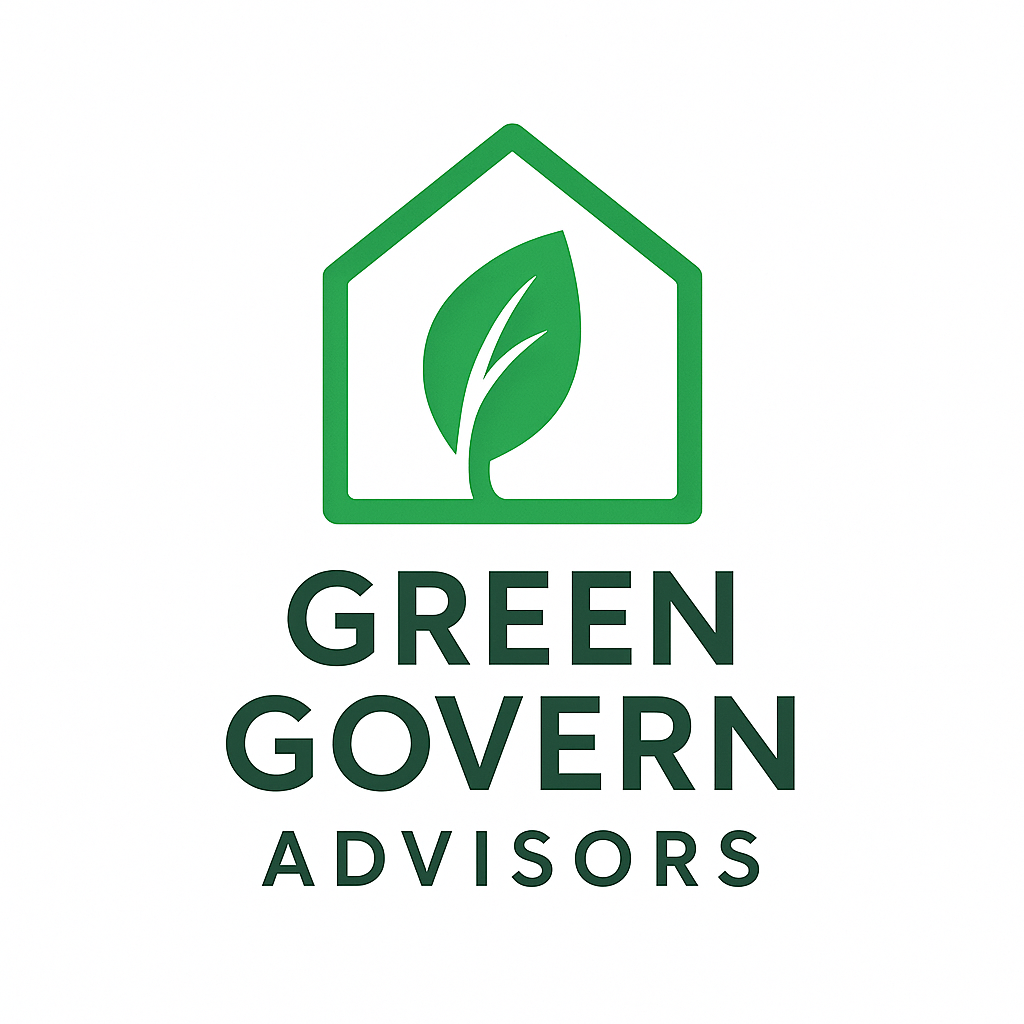Focus Keyword: mandatory ESG reporting | Secondary Keywords: ESG disclosure requirements, sustainability reporting regulations, ESG compliance, global ESG standards, corporate sustainability, ESG transparency
As environmental, social, and governance (ESG) considerations become central to business strategy and investor decision-making, governments and regulators worldwide are accelerating efforts to enforce mandatory ESG reporting. Once seen as a voluntary initiative guided by industry best practices and stakeholder pressure, ESG disclosure is now entering a new phase — one where legal mandates and standardized frameworks are shaping the future of corporate accountability.
In this article, we explore the rise of global ESG disclosure requirements, examine the key regulations across different regions, assess the implications for businesses, and provide actionable insights for organizations preparing to comply.
Why ESG Reporting Is Becoming Mandatory ?
The shift toward mandatory ESG reporting is driven by three converging factors:
Investor Demand: Institutional investors and asset managers are demanding better transparency to assess long-term risks and opportunities. ESG data is now integral to portfolio analysis and stewardship decisions.
Climate Commitments: Countries striving to meet net-zero and sustainability goals under the Paris Agreement are holding corporations accountable for their environmental and social impacts.
Greenwashing Concerns: Regulators aim to reduce misleading sustainability claims and enforce consistency in how ESG data is disclosed, particularly in light of high-profile cases of corporate greenwashing.
Key Global ESG Reporting Regulations
A wave of new legislation is establishing formal sustainability reporting regulations across jurisdictions. Here’s an overview of the most influential frameworks:
🇪🇺 European Union – Corporate Sustainability Reporting Directive (CSRD) Effective: January 2024 (phased rollout)
Scope: Expands ESG reporting to over 50,000 companies (including large non-EU companies with EU operations).
Framework: Requires alignment with the European Sustainability Reporting Standards (ESRS).
Key Features: Double materiality, assurance requirements, climate and social disclosures.
🇺🇸 United States – SEC Proposed Climate Disclosure Rule Status:
Finalization expected in 2025. Scope: Public companies registered with the SEC.
Key Features: Disclosure of climate-related risks, emissions (Scope 1, 2, and possibly 3), and governance practices.
Trend: Rising state-level ESG regulations (e.g., California’s SB 253 and SB 261).
🇬🇧 United Kingdom – TCFD-Aligned Disclosure Effective: 2022 onward for premium-listed companies.
Framework: Aligns with the Task Force on Climate-Related Financial Disclosures (TCFD). Expansion: Broader requirements through the UK Sustainability Disclosure Standards (SDS) expected by 2025.
🌏 Asia-Pacific – ESG Reporting on the Rise Japan: Tokyo Stock Exchange mandates ESG disclosures for listed companies. Singapore: Mandatory climate reporting by 2025 for key sectors. China: Green finance rules and pilot ESG reporting programs are rapidly expanding.
🌎 International – IFRS ISSB Standards Launched: June 2023 by the International Sustainability Standards Board (ISSB). Objective: Provide a global baseline for sustainability and climate disclosures. Adoption: Supported by the G20, IOSCO, and used as a reference by many regulators.
Business Implications of Mandatory ESG Reporting
The transition from voluntary to mandatory ESG disclosure brings both challenges and opportunities for organizations:
🔍 Compliance Burden
Companies must align internal data systems, governance structures, and reporting processes with complex, evolving standards. ESG assurance and audit capabilities will need to be developed or outsourced.
💼 Investor Confidence
Accurate and transparent ESG reporting improves access to sustainable finance, reduces capital costs, and enhances valuation.
🛡️ Reputational and Legal Risk Mitigation
Mandatory reporting reduces the risk of litigation, regulatory fines, and reputational damage stemming from ESG misstatements.
🌱 Strategic Value Creation ESG transparency enables companies to set credible sustainability targets, monitor performance, and unlock innovation.
Best Practices for ESG Reporting Readiness
- To prepare for the new era of ESG compliance, businesses should consider these strategies:
- Conduct a Readiness Assessment: Review current reporting practices and identify gaps against upcoming regulations.
- Build Cross-Functional Teams: Involve finance, sustainability, legal, and IT departments in ESG governance.
- Invest in ESG Data Infrastructure: Implement digital tools to track Scope 1, 2, and 3 emissions, workforce diversity, and supply chain risks.
- Adopt Recognized Frameworks Early: Use GRI, TCFD, or ISSB-aligned standards to future-proof disclosures.
- Engage External Auditors: Prepare for assurance requirements by engaging third-party ESG auditors.
- Train Internal Stakeholders: Ensure employees understand ESG objectives and compliance responsibilities.
Future Outlook: Convergence and Accountability
The future of global ESG standards lies in regulatory convergence and digital transparency. Companies will soon be expected to produce machine-readable, assured ESG disclosures comparable to financial statements.
Emerging Trends to Watch:
Mandatory ESG ratings for financial products.
ESG reporting for private companies and SMEs.
Blockchain-enabled ESG data verification.
Increased regulatory enforcement and penalties.
As climate risk becomes financial risk, ESG transparency is no longer optional — it’s a corporate imperative.
Conclusion
The global push for mandatory ESG reporting marks a turning point in corporate sustainability. With investors, regulators, and consumers demanding greater accountability, businesses must adapt to a new reality where ESG compliance is as critical as financial reporting. By acting now — enhancing transparency, aligning with global frameworks, and embracing data-driven sustainability — organizations can lead rather than lag in this transformative era. Key References: European Commission (2023). Corporate Sustainability Reporting Directive. U.S. Securities and Exchange Commission (2024). Climate Disclosure Rule Proposal. IFRS Foundation (2023). ISSB Sustainability Disclosure Standards. Financial Times (2024). Global ESG Regulation Tracker. Bloomberg Green (2024). The Rise of ESG Compliance in Asia. TCFD Final Report (2021). Recommendations on Climate-Related Financial Disclosures.
Key References: European Commission (2023). Corporate Sustainability Reporting Directive. U.S. Securities and Exchange Commission (2024). Climate Disclosure Rule Proposal. IFRS Foundation (2023). ISSB Sustainability Disclosure Standards. Financial Times (2024). Global ESG Regulation Tracker. Bloomberg Green (2024). The Rise of ESG Compliance in Asia. TCFD Final Report (2021). Recommendations on Climate-Related Financial Disclosures. check this article and how is it on a good writing for the given topic name

